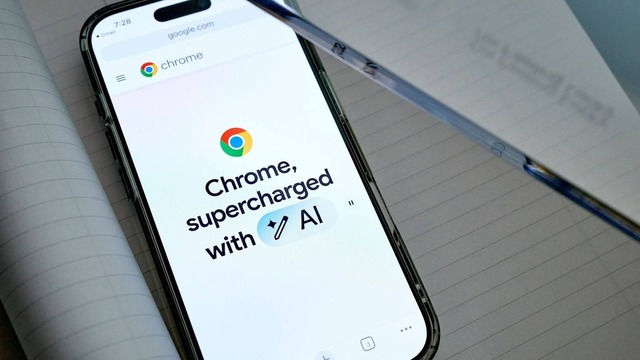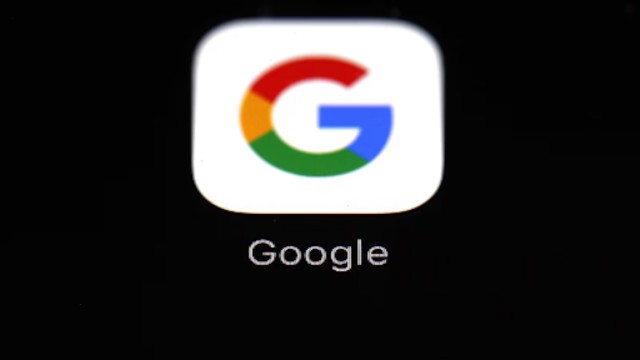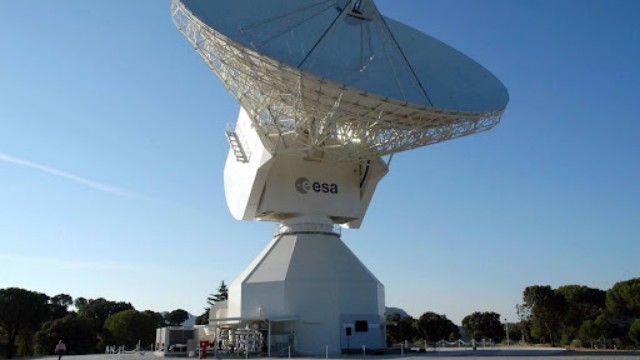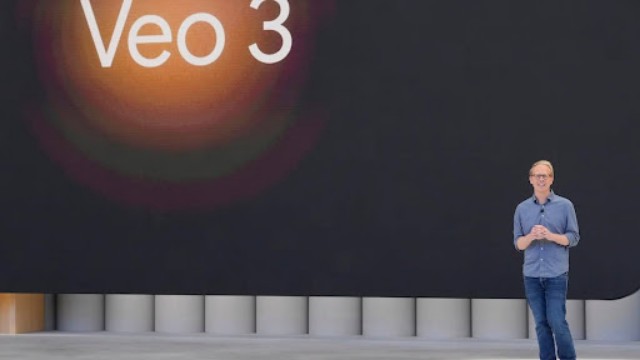
A group of citizen scientists calls the first visual representation of their collected data the "starmap," as shared by Sign in Space via CNN Newsource.
In May 2023, a strange signal was sent from the ExoMars Trace Gas Orbiter, a spacecraft operated by the European Space Agency (ESA), orbiting Mars. This mysterious transmission, picked up by three observatories on Earth, ignited a worldwide effort to decode it. The signal, which appeared to contain a message of alien origin, was made available for analysis by citizen scientists, who scrambled to unravel its meaning.
Among the many who took on the challenge were Ken Chaffin and his daughter Keli. For nearly a year, the father-daughter duo worked tirelessly to decode the message. They, along with other participants, engaged in a unique project called “A Sign in Space,” initiated by the SETI Institute, a nonprofit organization in California dedicated to the search for extraterrestrial life. In October 2023, the Chaffins announced their discovery of the decoded message, though its full meaning still remains a puzzle.
The decoded image appears as a series of white pixel clusters on a black background. These clusters represent amino acids, the building blocks of life. The message, however, isn’t static. The images move rapidly and only appear for a fraction of a second, creating a sense of fleetingness. While the design team confirmed the amino acids are part of the message, they left the interpretation open-ended, sparking endless speculation among the scientific community and beyond.
The journey to uncover the message was anything but straightforward. After the signal traveled 16 minutes through space, it was captured by observatories including the Allen Telescope Array in Northern California, the Robert C. Byrd Green Bank Telescope in West Virginia, and the Medicina Radio Station in Italy. Raw data from the spacecraft was then shared online, allowing citizen scientists worldwide to begin working together in a global community through Discord, an online communication platform.
A father-daughter duo has cracked a cosmic puzzle from 2023, revealing an image that shows five amino acids. This discovery was reported in A Sign in Space via CNN.
It was through this collaboration that Ken Chaffin and Keli first encountered a "starmap" image embedded within the scrambled data. Ken, with his background in cellular automata (a type of mathematical simulation), used his skills to make sense of the complex data. After extensive trial and error, the Chaffins recognized the pixel clusters as amino acids.
Despite the breakthrough, the meaning behind the message is still hotly debated. The message's fluidity, moving and morphing like a puzzle, has led to multiple theories, some suggesting it could signify life or even extraterrestrial communication. One interpretation includes the theory of panspermia, which suggests that life could be widespread across the universe, transported by asteroids and comets.
Daniela de Paulis, the artist behind the project, stated that the goal was to simulate the real-world process of decoding an alien message. She emphasized the unpredictability of the project and the challenge of receiving a message without any external feedback. The fact that multiple telescopes picked up the signal, compared to the solitary detection that might come from distant space, made the situation feel more realistic.
Now that the message has been partially decoded, the next challenge is to understand what it means. The project’s creators are leaving it to the public to send in their interpretations, allowing for a broad range of ideas from various cultures and backgrounds. The message, much like a Rorschach test, invites personal interpretations, and there may never be a singular, universally accepted meaning.
For the Chaffins, the journey has been a personal one, offering them an opportunity to work together on a once-in-a-lifetime project. Though they have offered their own interpretations, they too remain unsure about what the aliens may have intended to communicate.















